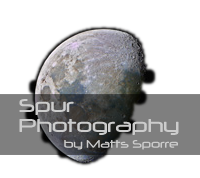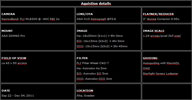The galaxy was discovered by Caroline Herschel in 1783 during one of her systematic comet searches. About half a century later, John Herschel observed it using his 18-inch metallic mirror reflector at the Cape of Good Hope.
As one of the brightest galaxies in the sky, the Sculptor Galaxy can be seen through binoculars and is near the star Beta Ceti. It is considered one of the most easily viewed galaxies in the sky after the Andromeda Galaxy. The Sculptor Galaxy is a good target for observation with a telescope with a 300 mm diameter or larger. In such telescopes, it appears as a galaxy with a long, oval bulge and a mottled disc. Although the bulge appears only slightly brighter than the rest of the galaxy, it is fairly extended compared to the disk. In 400 mm scopes and larger, a dark dust lane northwest of the nucleus is visible, and over a dozen faint stars can be seen superimposed on the bulge.
The above text is taken from Wikipedia.
I have been fortunate to be able to use the remote set-up in Siding Spring - Australia via iTelescope.net. iTelescope.net is fairly easy to use and the staff is very professional so I can warmly recommend it should you have the possibility to use their service.
Mouseover of the small thumbnails to the left will show the three different images.
LRGB: Just a plain LRGB combination.
Annonated LRGB: Shows the image with a grid overlay and known objects marked. It was created in PixInsight using the scripts ImageSolver (a plate solve) AnnonateImage (adding the object names and grids).
The following software has been used. ACP (image acquisition and guiding), CCDStack (calibration and RGB scaling, PixInsight (cropping, background correction, colour corrections) and Photoshop CS5 (all the rest, incl Noel Carbonis Astronomy Tools).
This image was processed in Nov 2013









